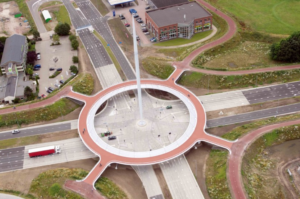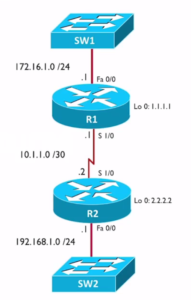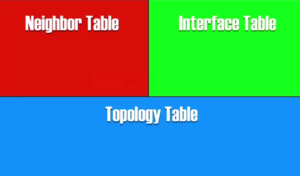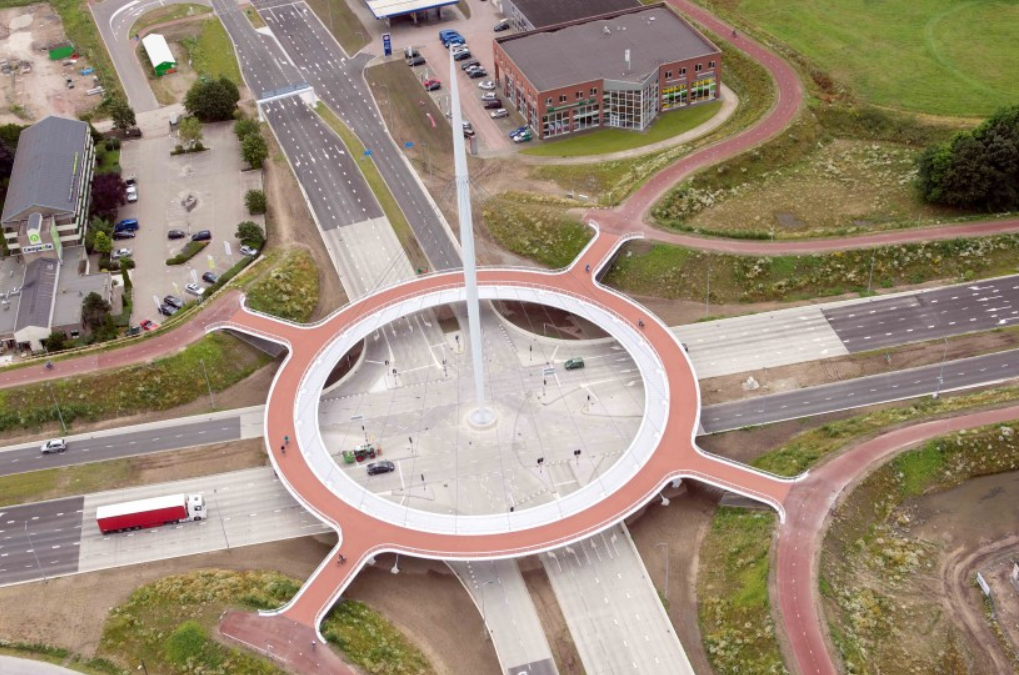
Networks are like roads which connect cities together and allow transport systems ie, cars, vans, trucks, trains to transition between A to Z.
In the past, Cisco developed a proprietary routing protocol called IGRP (Interior Gateway Routing Protocol) which is a distance vector routing protocol used to communicate routing information within a host network.
IGRP like roundabouts interconnects major motorways managing the flow of routing information within connected routers in a host network otherwise known as an autonomous system. IGRP ensures that the optimum routes kept in the routing tables are ensured by the IGRP routing protocol. Since the routing protocol keeps updating itself with recent changes, it avoids routing loops over the network thus managing errors.
Enough said about the historical IGRP and back to EIGRP. EIGRP which is an Enhanced version of the IGRP routing protocol from Cisco with a flavour recently released for public use as of 2013 is a well known and loved routing protocol amongst Network Engineers conversant with Cisco Network Technology.
EIGRP has the following characteristics:
- Advanced operational efficiency
- Capabilities of both link state and distance vector
- A classless routing protocol.
Features of EIGRP
- EIGRP’s Administrative Distance is 90 and this is relevant to internal connections withing the same autonomous system). On the other hand, the Administrative Distance is 170 and relevant to external connections where router are connected in different autonomous systems.
- To select the best path from the Source to the Destination, EIGRP employs its Diffusing Update Algorithm to accomplish optimal route selection.
- EIGRP is an example of Hybrid routing protocol, which has the properties of Distance Vector & Link State routing protocol.
- Support for classless routing.
- EIGRP is able to enable Interface level summarisation.
- Support for VLSM & CIDR.
- EIGRP neighbor routers update each other through multicasting using the multicast IP Address 224.0.0.10.
- Routers running Cisco’s EIGRP Supports MD5 authentication.
- Provisions routing support for multiple Network layer protocols: IP, IPX, AppleTalk, and even IPv6.
- For Neighbourship Establishment, EIGRP needs the following three conditions to be met
- Neighbor routers must be part of the same IP subnet.
- Autonomous System number should match.
- Identical metrics (K1, K2, K3, K4 & K5 values should match between both the neighbor routers)
- EIGRP has a maximum hop count of 255 (by default is set to 100).
- EIGRP creates three separate tables – neighbor table, topology table & routing table.
- EIGRP features the unique load balancing over equal and unequal cost paths.
This technology uses features including the use of Reliable Transport Protocol (RTP), (DUAL) updates of neighbours. Faster convergence because it pre-calculates routes and does not broadcast hold-down timer packets before converging.
EIGRP uses bandwidth, delay, load and reliability to calculate the metric for its routing table (not hop count as used by legacy protocols). Because of these parameters, EIGRP will always select and calculate the most optimal route for optimal efficiency making it an excellent routing protocol.
- To Mitigate network loops, EIGRP uses its DUAL algorithm technology to send occasional hello packets to check the status of neighbour routers.
The Formula used to determine a single overall metric for EIGRP is as follows.
Configuring EIGRP


Now let us dive into Configuring EIGRP Step By Step
Do You Know this Already?
A network administrator is troubleshooting an EIGRP problem on a router and needs to confirm the IP addresses of the devices with which the router has established adjacency. The retransmit interval and the queue counts for the adjacent routers also need to be checked. What command will display the required information?
A. Router# show ip eigrp neighbors B. Router# show ip eigrp interfaces C. Router# show ip eigrp adjacency D. Router# show ip eigrp topology

![{\bigg [}{\bigg (}K_{1}\cdot {{\text{Bandwidth}}}_{{E}}+{\frac {K_{2}\cdot {{\text{Bandwidth}}}_{{E}}}{256-{\text{Load}}}}+K_{3}\cdot {{\text{Delay}}}_{{E}}{\bigg )}\cdot {\frac {K_{5}}{K_{4}+{\text{Reliability}}}}{\bigg ]}\cdot 256](https://wikimedia.org/api/rest_v1/media/math/render/svg/955d7891627adbded0d3f1346c58ba28095291e2)